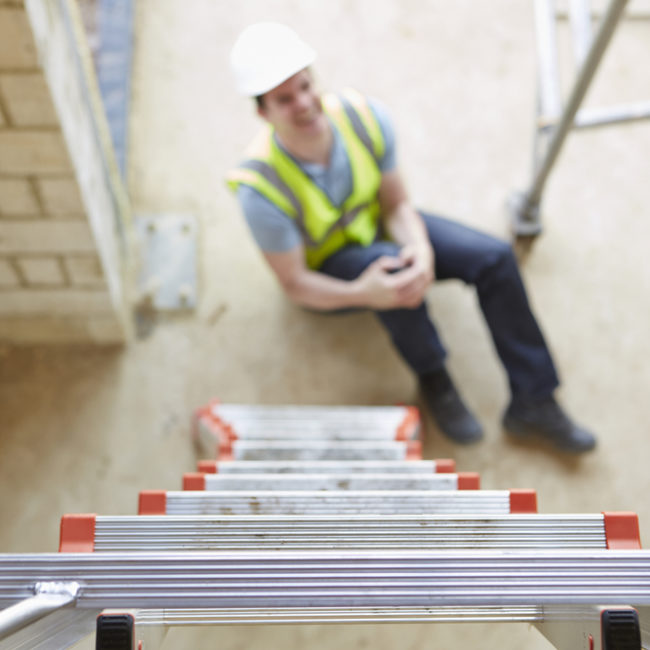Ladder related injuries
Describe the patterns, circumstances and outcomes of patients presenting to the ED as a result of ladder-related falls, and use this information to inform prevention and safety product campaigns.
Grant ID: EMTR-100R23-2015
Project Summary
Injuries and even death as a consequence of falls from ladders are increasing, especially in the home environment where elderly men are the most frequently presenting age group. There is considerable interest among health and safety professionals to develop injury prevention campaigns focusing on both ladders and their correct use. However there are large gaps in our knowledge, particularly in relation to the product choice, contribution of alcohol or medications, and compliance of safety practices at the time of the accident. This study is a collaboration bringing together expertise in emergency medicine, health economics, accident prevention and product safety. It aims to inform prevention and safety product campaigns by using ED data from two hospitals. Both retrospective data and prospective interviews with patients will be collected to describe the patterns, circumstances and outcomes of patients presenting to the emergency department as a result of injuries from ladder-related falls.
Outcomes
In this study, the research team found that the typical ladder injury patient was male, over the age of 50, who fell while using a domestic ladder. Most falls occurred because of ladder movement and slips or misstep. The major contributing factors identified were a combination of user features and flaws in ladder setup.
Ladder-related falls carry a considerable burden to the ED, with the typical length of stay between 30 min and 16 hours (longer if patients were transferred to the short stay unit). Services most utilised in the ED included diagnostic tests, procedures and referrals to other healthcare teams.
Recommendations include: ladder safety interventions that target ladder users most at risk of falls: men, ≥50 years old and performing domestic tasks. Safety interventions should emphasis task avoidance, education and training, utilisation of safety equipment and appropriate ladder setup
Leveraged Funds
- In-kind: $110,560
- QUT: $2500
Dissemination
Vallmuur, K., Eley, R. and Watson, A., 2016. Falls from ladders in Australia: comparing occupational and non‐occupational injuries across age groups. Australian and New Zealand journal of public health, 40(6), pp.559-563.
Cabilan, C.J., Vallmuur, K., Eley, R., Judge, C., Cochrane, S., Reed, C., Riordan, J., Roberts, K., Thom, O. and Wood, G., 2018. Impact of ladder‐related falls on the emergency department and recommendations for ladder safety. Emergency Medicine Australasia, 30(1), pp.95-102. doi: 10.1111/1742-6723.12854.
Conference:
-Poster: “The burden of ladder-related falls” , PAH Health Symposium, July 2017, Brisbane
SHARE




